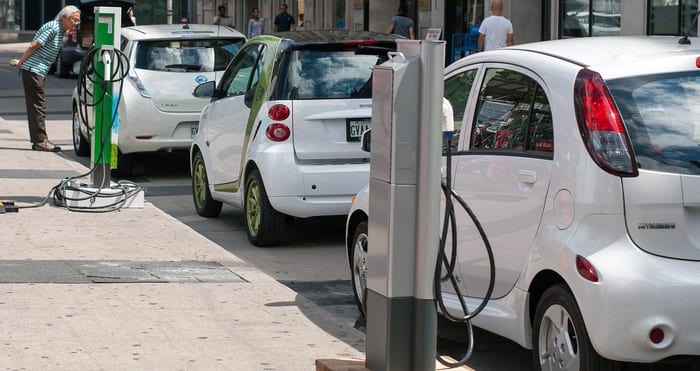Skeleton Technologies and Sumitomo Corporation sign distribution agreement
Skeleton Technologies, a leading manufacturer of ultracapacitors, has signed a distribution agreement with Sumitomo Corporation Europe to provide energy storage solutions for the hybrid electric and electric vehicle industry.
11th December 2017 by Networks

Ultracapacitors are high power energy storage devices, which fill a vital gap in hybridization and electrification efforts in the automotive sector. With high power density, a recharge time of two to three seconds and over one million life cycles, ultracapacitors are unique in their ability to not only reduce CO2 emissions but also increase performance and be cost-effective for manufacturers.
In electric vehicles, graphene-based ultracapacitors can be used in tandem with lithium-ion batteries, doubling the battery lifetime and downsizing the cell receiving the peak power from ultracapacitors and the long-term energy from the batteries.
Taavi Madiberk, CEO of Skeleton Technologies, said: “We are excited to announce the agreement with Sumitomo Corporation Europe, it was a natural fit from the start. Sumitomo´s world-class distribution network and technical expertise in electrification enable us to expand our footprint in the automotive sector and tap into the company’s relationships with key players in the transportation industry.
Hidenori Eto, GM of Warsaw office of Sumitomo Corporation Europe Limited, added: “Ultracapacitors play an important role for high power applications in the transportation sector. Skeleton’s revolutionary technology has the potential to drive this industry forward and ensure that both manufacturers and customers alike, can reap the benefits of a hybrid approach to battery technology. We are looking forward to working with Skeleton Technologies and supporting them in growing the business.”
Comments
Login on register to comment
Related content

Power
The future for vegetation management
Why networks should focus on data not trees to overcome the costly challenges involved in vegetation management

Power
An unprecedented opportunity for change
Why short interruptions will matter in RIIO-ED2 and how to address them.

Power
Time for less talk and more action on decarbonisation
Core "oven-ready" solutions to decarbonising heat and transport exist today and should be implemented without delay, says WPD's future power networks expert.
Related supplier content
![‘Learning by doing’ on the road to net zero [test product]](https://networksonline.s3.amazonaws.com/products/images/3.jpg)
People & Skills
‘Learning by doing’ on the road to net zero [test product]
DSO director Andrew Roper discusses 'Learning by doing'

Power
Load patterns and lockdown: how Covid-19 is impacting electricity networks
Insights into dynamics on the low voltage network as the outbreak unfolds

Downloads
Protect electrical equipment from insulation failure
Insulation faults are a major cause leading to the eventual failure of electrical equipment. Partial discharge (PD) is a very reliable indicator of developing insulation faults. Regular PD testing allows users to detect and analyze PD activity